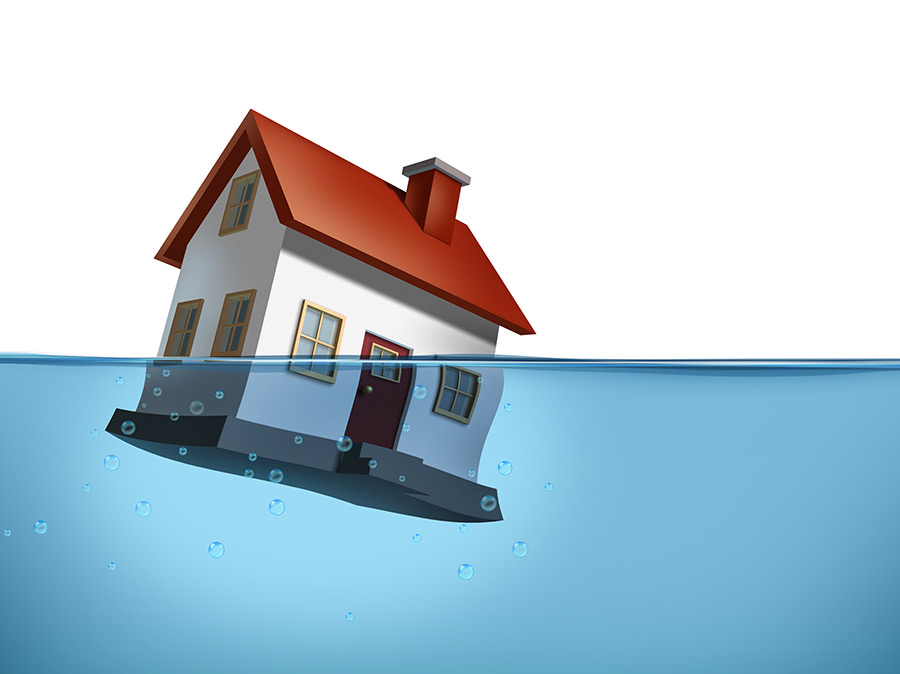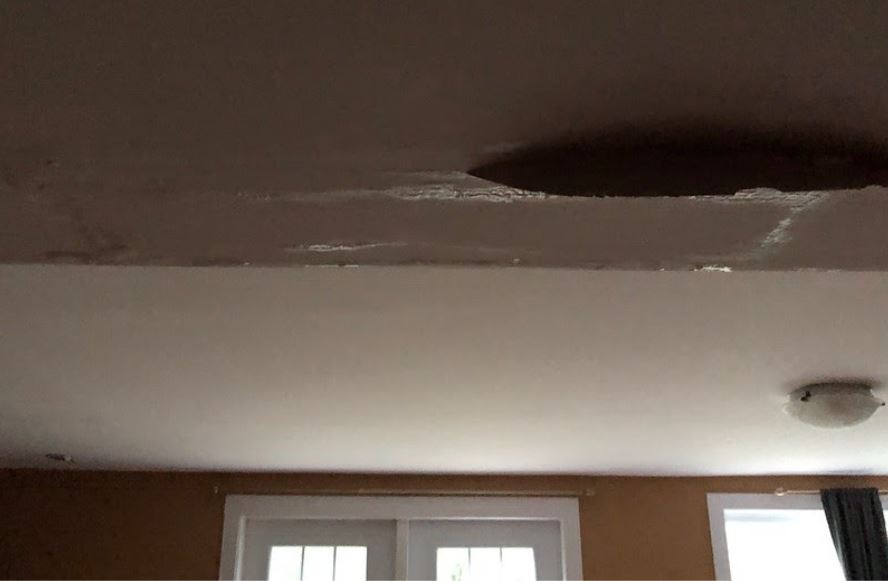The Home's Common Typical Factors of Water Leaks: Detailed Examination
The Home's Common Typical Factors of Water Leaks: Detailed Examination
Blog Article
This article down below pertaining to How to detect water leaks in your home is absolutely interesting. Check it out for yourself and figure out what you think of it.

Leaks not only create waste of water but can additionally cause unnecessary damage to your house and also advertise undesirable organic development. Water leaks may go undetected because most of the pipework in our residence is hidden. By recognizing as well as looking for daily circumstances that trigger leaks, you can shield your residence from future leaks and also unnecessary damages. Today, we will certainly take a look at 6 leakage causes that might be creating your pipes to leak.
Trespassing roots
Many water leaks start outside the house instead than inside it. You might see damp spots or sinkholes in your backyard, and also that might indicate that tree roots are getting into water lines triggering water to leak out.
Corroded water supply
As time goes by, your plumbing system ages and corrosion such as rust may start eating away the pipes. This may be the root cause of staining or bending on your pipes. This requires an examination with your plumber immediately. Consider changing the pipes given that they are at a higher threat of rust than the more recent designs if our plumbing system is old.
Malfunctioning Pipe Joints
Pipe joints can deteriorate over time, resulting in water leaks. If you have loud pipes that make ticking or banging sounds, specifically when the hot water is transformed on, your pipeline joints are probably under a great deal of pressure.
Instant temperature level changes.
Severe temperature level changes in our pipelines can cause them to expand and also acquire all of a sudden. This expansion as well as contraction might cause splits in the pipelines, particularly if the temperature level are below freezing. If you maintained an eye on just how your plumbing functions, it would certainly be best. The visibility of the formerly stated circumstances often suggests a high risk.
Poor Water Connectors
At times, a leakage can be created by loosened tubes and pipes that provide your devices. In situation of a water links leakage, you may see water running directly from the supply line or pools around your devices.
Obstructed Drains
Blocked drains pipes may be aggravating and inconveniencing, but they can often wind up creating an overflow causing rupture pipelines. Maintain getting rid of any products that might drop your drains that can obstruct them to avoid such troubles.
All the above are root causes of leaks but not all water leakages arise from plumbing leaks; some leaks could come from roof covering leakages. All leakages must be fixed quickly to avoid water damages.
Leakages not just cause waste of water yet can likewise create unneeded damages to your house and also promote undesirable natural development. By recognizing and looking for daily circumstances that trigger leaks, you can protect your home from future leakages as well as unnecessary damages. Today, we will look at six leak causes that might be creating your pipes to trickle.
At times, a leakage can be created by loosened tubes and also pipelines that supply your devices. In instance of a water links leak, you may see water running straight from the supply line or puddles around your devices.
How To Check For Water Leak In Your Home
How To Check for Leaks
The average household's leaks can account for nearly 10,000 gallons of water wasted every year and ten percent of homes have leaks that waste 90 gallons or more per day. Common types of leaks found in the home are worn toilet flappers, dripping faucets, and other leaking valves. These types of leaks are often easy to fix, requiring only a few tools and hardware that can pay for themselves in water savings. Fixing easily corrected household water leaks can save homeowners about 10 percent on their water bills.
To check for leaks in your home, you first need to determine whether you're wasting water and then identify the source of the leak. Here are some tips for finding leaks:
Take a look at your water usage during a colder month, such as January or February. If a family of four exceeds 12,000 gallons per month, there are serious leaks.
Check your water meter before and after a two-hour period when no water is being used. If the meter changes at all, you probably have a leak.
Identify toilet leaks by placing a drop of food coloring in the toilet tank. If any color shows up in the bowl after 10 minutes, you have a leak. (Be sure to flush immediately after the experiment to avoid staining the tank.)
Examine faucet gaskets and pipe fittings for any water on the outside of the pipe to check for surface leaks.
Undetected water leaks can happen without the home or business owner even realizing. If you suspect a water leak, but not able to find the source. It is time to contact a professional water leak detection service, The Leak Doctor.
How To Find a Water Leak In Your Home
https://www.leakdoctor.com/blog/How-To-Check-For-Water-Leak-In-Your-Home_AE197.html

Do you appreciate reading up on How to detect water leaks in your home? Give a comment further down. We would be pleased to find out your thinking about this write-up. Hoping that you visit us again in the future. Sharing is caring. You never know, you might be doing someone a favor. Thank you so much for going through it.
Quality fix? Call! Report this page